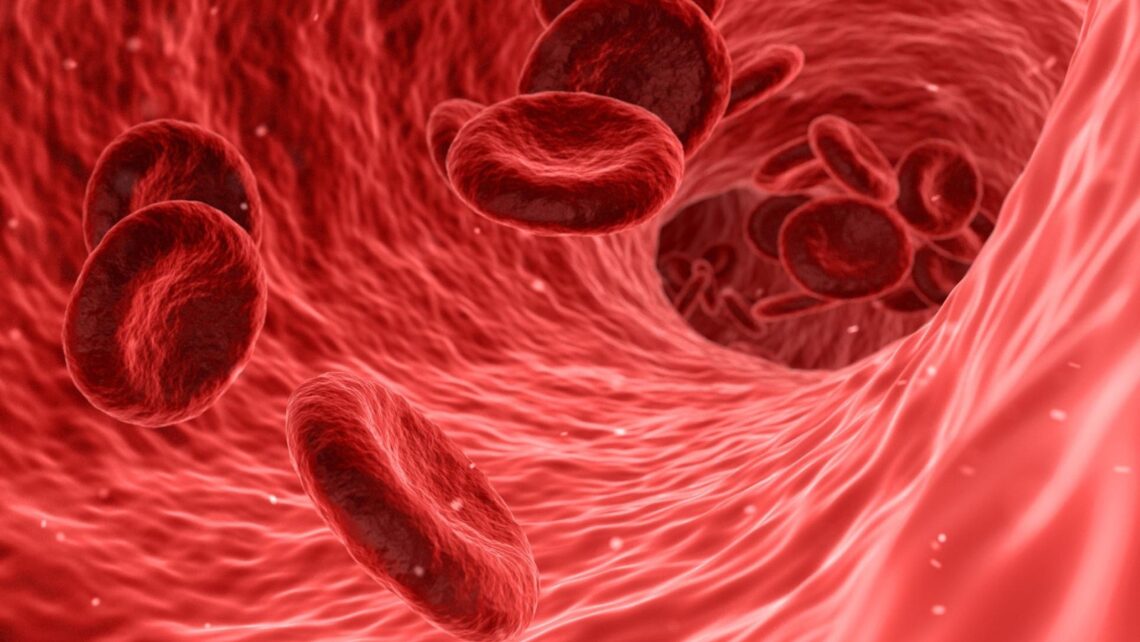
Use of platelet-rich growth factor (PRP) in implantation failure and thin endometriums
Despite advances in the treatment of reproductive disorders, the embryo implantation is still far from being fully understood and, therefore, an effective treatment is not always at reach.
At Instituto Bernabeu we are fully aware of repeated implantation failures after the transfer of embryos morphologically classified as good quality and chromosomally normal, constitute a frustrating situation for both the couple and the specialist.
Índice
How can the use of platelets can help?
On the other hand, we know that platelets, small disc-shaped fragments found in the blood, are known to be an important part of the clotting process. But in addition, platelets also play an important role in the repair and regeneration of different tissues. After any damage on tissues or blood vessels, a platelet activation process begins with the secretion of a great variety of molecules such as platelet growth factors that intervene by accelerating and favouring the tissue repair and regeneration process.
The technique is based on obtaining the patient plasma concentrated or enriched in her own platelets (Platelet-Rich Plasma or PRP) and, therefore, without the risk of allergic responses or rejection.
The therapeutic use of these platelet factors in fields such as traumatology, dentistry, podiatry or aesthetic medicine is already known due to their regenerative capacity.
But, is the therapeutic use of platelets useful in the reproductive medicine field?
Recent studies published throughout 2019 show benefits after intrauterine application of platelet-rich plasma, mainly in two situations: in women with recurrent embryo implantation failure and in women with refractory endometrium.
These growth factors could improve endometrial receptivity and therefore, implantation. Thus, they showed better results in the assisted reproduction treatments of women with repeated implantation failures after intrauterine infusion of PRP.
In relation to the refractory endometrium, we must indicate that it is a situation in which, despite the indicated pharmacological treatment, we cannot achieve the endometrium to reach the optimal thickness to carry out the embryo transfer. In this regard and according to published studies, taking into account the regenerative potential of platelet growth factors, the results show a greater endometrial thickness in those patients treated for intrauterine PRP.
After these results, this technique could be consolidated as a new strategy for the results improvement in carefully selected cases by the reproductive medicine specialist.
We consider important to point out that PRP is considered a drug by the Spanish Medicines Agency and as such, it must be prescribed by a doctor and applied in a healthcare context, guaranteeing all appropriate safety measures.
Dr Ana Fabregat, pharmacist at Instituto Bernabeu
THE FOLLOWING MAY ALSO BE OF INTEREST TO YOU
